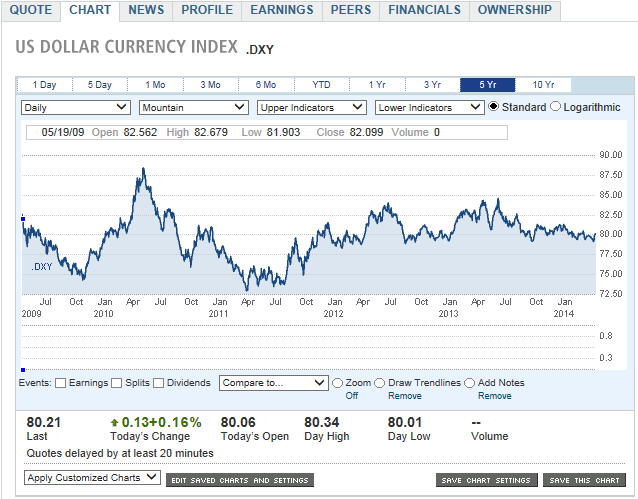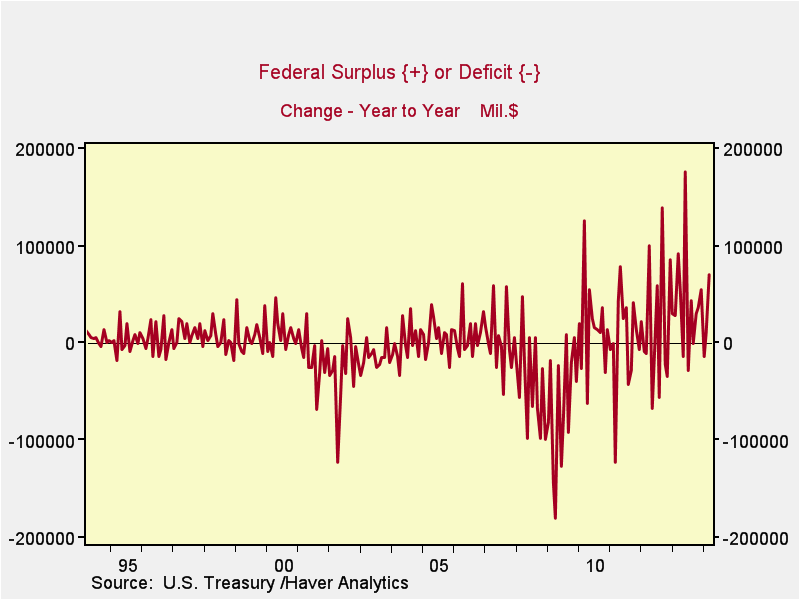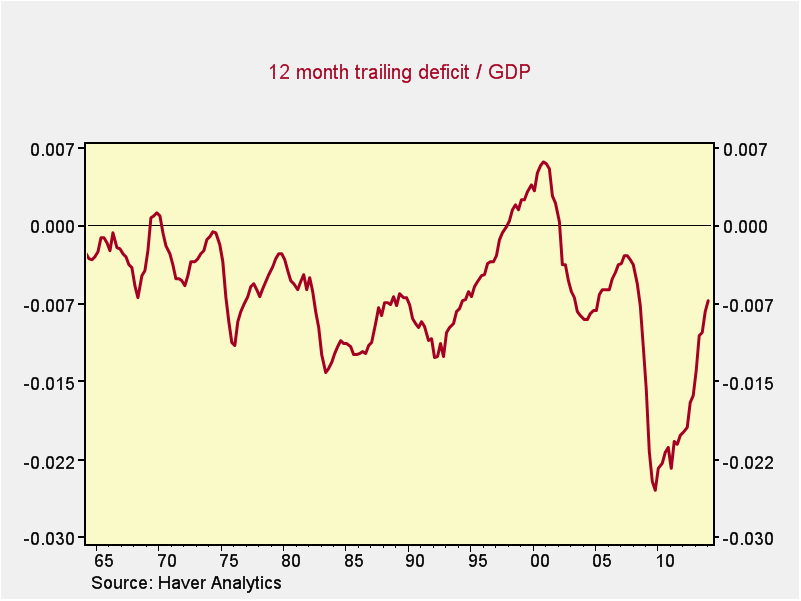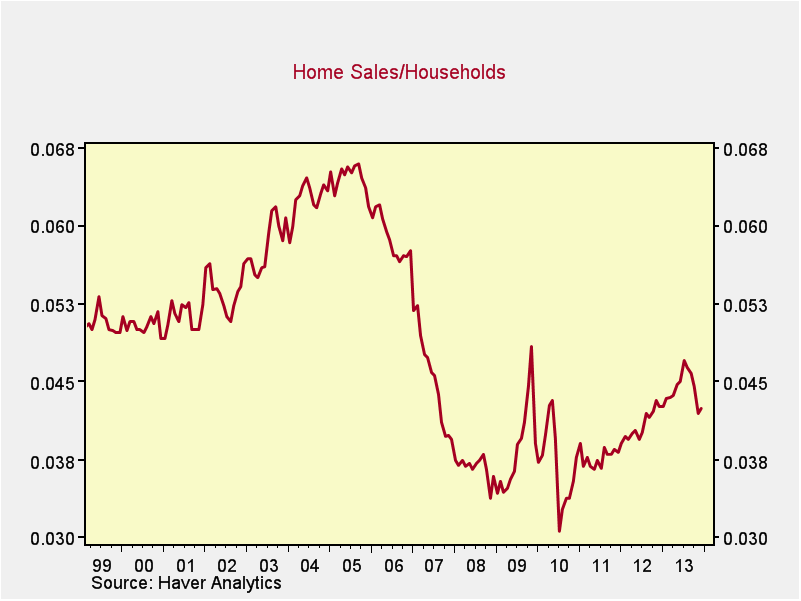I’ve been writing for some time about how the economy is recovering. When I write or speak about this, though, I make a point of noting that I’m talking about aggregate numbers, and that a lot of people out there are still hurting. This is and will always be the case for any economic downturn, but as we move into the recovery, it’s worthwhile to think about it in more detail, looking at the data to see if there are any patterns we can learn from. To the extent that the employment market is not efficient, everyone suffers.
The first step is to identify the groups that have been hit the hardest, and who have been the slowest to recover.
The chart shows changes in total employment over time. Women (red line) have generally seen slower employment growth than men (blue line) and the total (green line). One of the common themes has been that men have been hit harder than women by the recession. In absolute numbers, that may be true, but in terms of change over time, women were hit just as hard and have recovered more slowly. This could be attributed to many causes, but the fact remains that this is a systemic difference and is probably negatively affecting the labor market as a whole.
Gender is something that can’t be changed—at least without significant inconvenience. Education is presumably something we as a society can change, and it’s an even more important differentiator in employment. The chart above shows changes in employment levels, sorted by educational attainment, over the past 10 years. Workers with just a high school diploma or with no diploma got hit harder, earlier, and have recovered at a slower rate than those with more education. Interestingly, the performance of workers with less than a bachelor’s degree (an associate’s, say) is actually better in many time periods, and rarely significantly worse—at least in recent years—than that of workers with more education. There is a clear and consistent gap, especially over the past couple of difficult years, between the growth in employment of those with a college education and those without.
Another way to look at the education gap is by unemployment rate, which provides an even clearer picture. Not only is unemployment much lower with more education, it improves faster even if it does get worse. Even as the income advantage of college graduates has stagnated, the ability to at least get a job has remained a key benefit.
Beyond education, the next important metric seems to be age. Unemployment is clearly higher for both younger (25–34) and older (55+) workers, with the peak earning years of 34–54 experiencing consistently lower rates. Both age groups are showing improvement, but the gap persists. Clearly, there are problems in the employment market both with bringing younger workers in and with appropriately using older workers.
To summarize so far, if you have a college degree or higher, are between 35 and 54 years of age, and are male, you are, by and large, in a privileged position. File this under “Pope reports religious preference as Catholic.”
The gap between men and women appears to be consistent with historical levels—unjust, but typically so. The real takeaway here is that the gap between different age and educational cohorts has significantly widened, even as recently as during the recovery after the dot-com collapse. The less educated and the young/old simply aren’t being hired or employed at the rates they have been historically.
I make the distinction between now and the last recovery because it signifies a shift in the structure of the economy. If young people are less employed and employable, it will have effects for the rest of their careers—which is to say, the rest of their (and our!) lives. If older people are not being employed, that is a waste of a lifetime of skills. If education is the key to jobs, then we need to look at the forward educational trends, ensuring that what’s being delivered by the educational system is what employers need.
All of these ideas are present in the public discourse, but the numbers and charts above show the concerns are real. I have written before about demographics, and how the U.S. is relatively better positioned than many countries. But, at the end of the day, people as economic contributors (which is how we have to analyze them in an economic context) depend on jobs, and if the employment/employee match isn’t there, neither is the economic output. It becomes a supply issue as much as a demand one, and there are signs this is exactly the trend that’s developing—with worrying potential consequences.


 Print
Print






